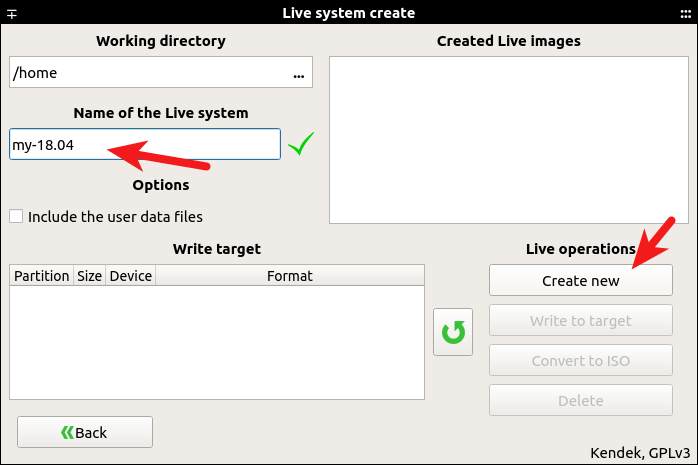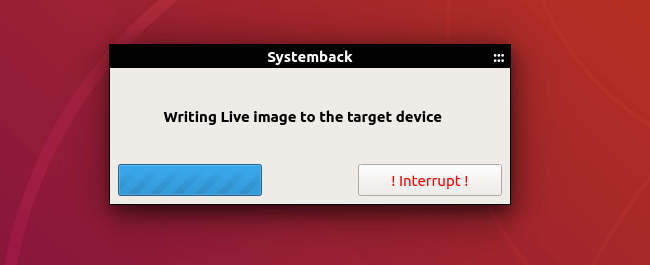Step 1:[sudo add-apt-repository --remove ppa:nemh/systemback]
step 2:[sudo add-apt-repository "deb http://ppa.launchpad.net/nemh/systemback/ubuntu xenial main"]
Step 3:[sudo apt-key adv --keyserver keyserver.ubuntu.com --recv-keys 382003C2C8B7B4AB813E915B14E4942973C62A1B]
Step 4:[sudo apt update]
step 5:[sudo apt install systemback]
Then you can start Systemback from your application menu. You need to
enter your password to use this software. After you enter the password,
click OK button.

As you can see, you can create restore points of your system, restore
to a point, copy the system to another partition, install the system to
a new partition, create live system (bootable ISO image), repair the
system and upgrade software on the system.

How to Create a Bootable ISO Image From Your Current System
Systemback can create a customized ISO image file from your current system. Every program and file can be included in the ISO.
Click the
Live System Create button, then give a name to your ISO file. You have the option to include the user data files. Click the
Create New button to create live system.

After the live system is created, you can convert the sblive file to
ISO file. Note that if the sblive file is too big, you can’t convert it
to ISO file. The sblive and ISO file are stored under your home
directory by default, but they are not visible.
You can also insert your pen drive to your computer and write the
sblive file to pen drive. (Click the reload button to detect USB
drives.)

Because my system has many programs and files, this process can take some time.

Once it’s done, you can use the bootable USB to install your customized Ubuntu system on other computers.

above commands are copied from below link
https://www.linuxbabe.com/ubuntu/install-systemback-ubuntu-18-04-bionic-18-10







